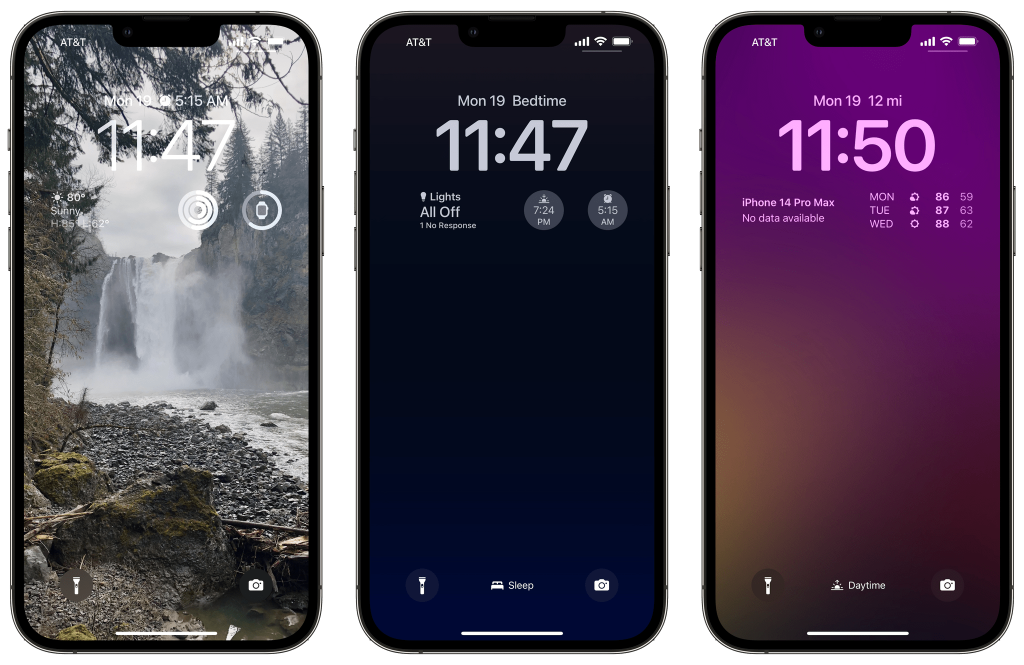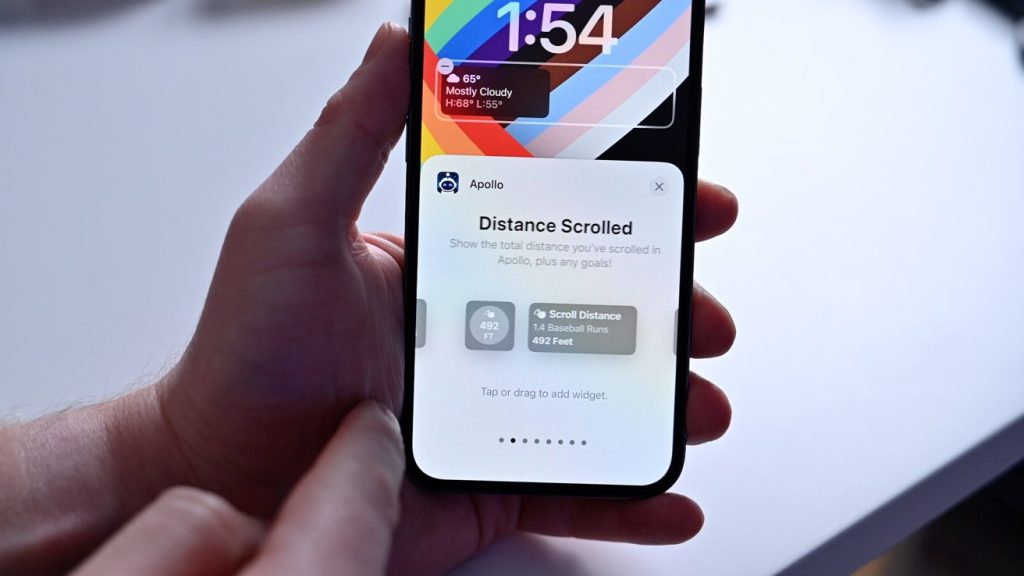iOS 16 introduces a range of new features and enhancements designed to improve the user experience and productivity on Apple devices. One such feature is the Distance Widget, which allows users to easily calculate distances between locations and obtain directions within apps. In this article, we’ll explore how to add the Distance Widget to iOS 16 apps, enabling developers to incorporate location-based functionality and enhance the overall user experience.
Understanding the Distance Widget
The Distance Widget is a new addition to iOS 16 that provides users with convenient access to distance calculation and directions between locations. It leverages Apple’s MapKit framework to perform calculations based on geographic coordinates and display the results in a user-friendly interface. The Distance Widget is designed to be customizable and can be integrated seamlessly into third-party apps to enhance their functionality.
Key Features of the Distance Widget:

- Distance Calculation: The Distance Widget allows users to calculate the distance between two locations, such as cities, addresses, or points of interest. It provides accurate distance measurements based on geographic coordinates and supports various units of measurement, including kilometers, miles, and meters.
- Directions: In addition to distance calculation, the Distance Widget also provides users with directions between two locations. It leverages Apple Maps to generate step-by-step directions, including route information, travel time, and estimated arrival time.
- Customization: Developers can customize the appearance and behavior of the Distance Widget to match the design and branding of their apps. This includes adjusting colors, fonts, and styles to create a seamless integration with the app’s user interface.
- Accessibility: The Distance Widget is designed with accessibility in mind and supports features such as VoiceOver and Dynamic Type. This ensures that users with visual or motor impairments can easily access and interact with the widget.
Now that we understand the key features of the Distance Widget, let’s explore how to add it to iOS 16 apps.
Adding the Distance Widget to iOS 16 Apps
Integrating the Distance Widget into iOS 16 apps involves several steps, including configuring the widget, implementing the necessary code, and testing the functionality. Here’s a step-by-step guide to adding the Distance Widget to your iOS 16 app:
- Set Up Xcode Project: Start by opening Xcode and creating a new project or opening an existing one where you want to add the Distance Widget. Ensure that your project is configured to support iOS 16 and that you have the latest version of Xcode installed.
- Add MapKit Framework: Next, add the MapKit framework to your Xcode project. This framework provides the necessary functionality for working with maps, locations, and directions in iOS apps. To add the MapKit framework, navigate to your project settings, select the “Build Phases” tab, and add MapKit to the list of linked frameworks and libraries.
- Configure Info.plist: Update your app’s Info.plist file to include the necessary location usage description keys. This ensures that your app has permission to access the device’s location services, which is required for using the Distance Widget. Add the following keys to your Info.plist file:
- NSLocationWhenInUseUsageDescription: This key is used to provide a brief description of why your app needs access to the device’s location when it is in use.
- NSLocationAlwaysUsageDescription: If your app requires access to the device’s location even when it is not in use, you should also include this key and provide a description.

- Implement Distance Widget Code: Now it’s time to implement the code for the Distance Widget in your app. Start by creating a new view or widget in your app’s user interface where you want to display the Distance Widget. This could be a dedicated screen, a section within an existing screen, or a custom view.
- Use MapKit APIs: Use the MapKit APIs to perform distance calculations and obtain directions between two locations. You can use the MKDirections API to request directions from Apple Maps and retrieve route information, including distance, travel time, and step-by-step instructions. Similarly, you can use the MKDistanceFormatter API to format distance measurements and display them in the desired units.
- Customize Widget Appearance: Customize the appearance of the Distance Widget to match the design and branding of your app. You can adjust colors, fonts, and styles to create a seamless integration with the rest of your app’s user interface. Consider adding additional features such as search functionality, map annotations, or interactive controls to enhance the widget’s functionality and usability.
- Test and Debug: Once you’ve implemented the Distance Widget code, thoroughly test it on various devices and scenarios to ensure that it functions as expected. Test different locations, routes, and user interactions to identify any issues or bugs that need to be addressed. Use Xcode’s debugging tools and simulators to simulate real-world usage and troubleshoot any issues that arise.
Conclusion
The Distance Widget in iOS 16 offers developers a powerful tool for adding location-based functionality to their apps. By leveraging the MapKit framework and implementing the necessary code, developers can enable users to calculate distances between locations and obtain directions within their apps. With its customizable appearance and accessibility features, the Distance Widget enhances the overall user experience and adds value to iOS 16 apps.
By following the step-by-step guide outlined in this article, developers can seamlessly integrate the Distance Widget into their iOS 16 apps and unlock its full potential for providing location-based services and features. Whether you’re building a navigation app, a travel planner, or a delivery service, the Distance Widget offers a versatile solution for enhancing your app’s functionality and usability.